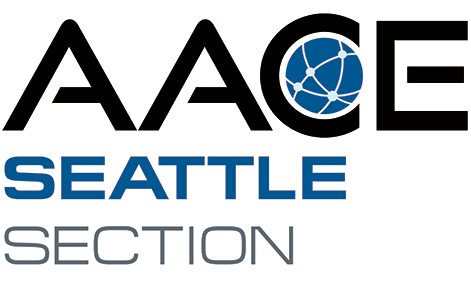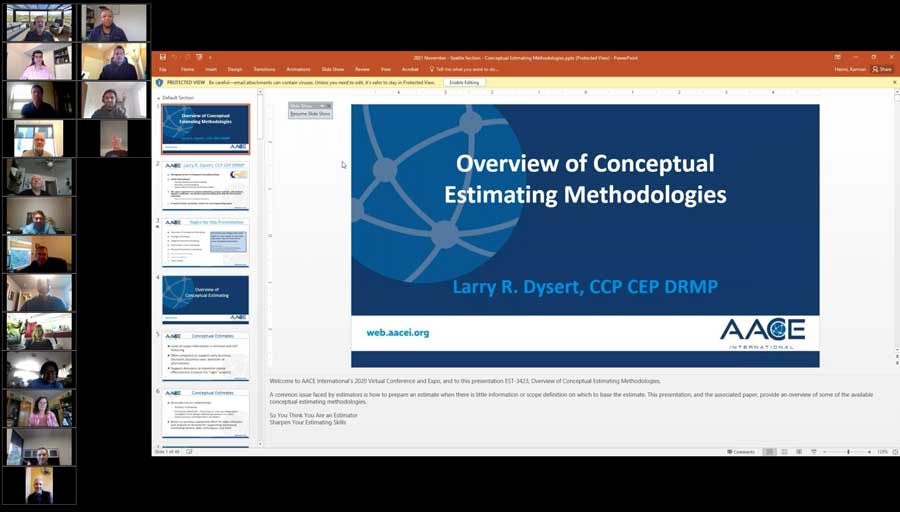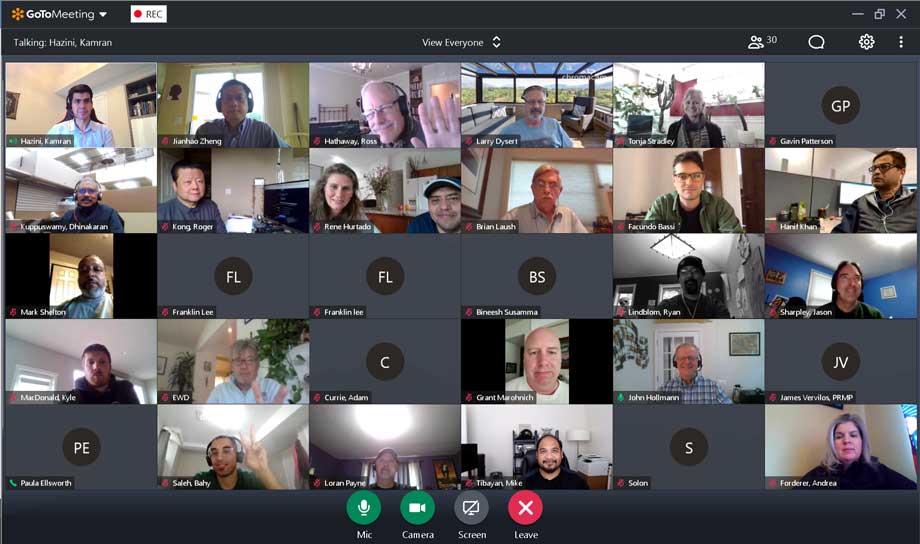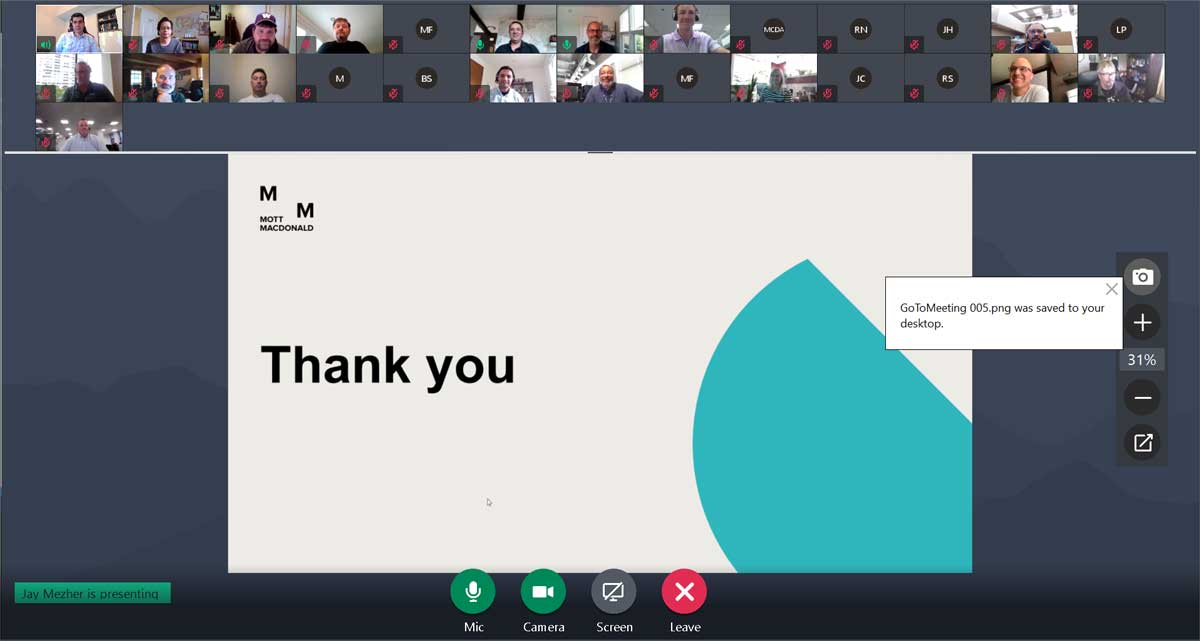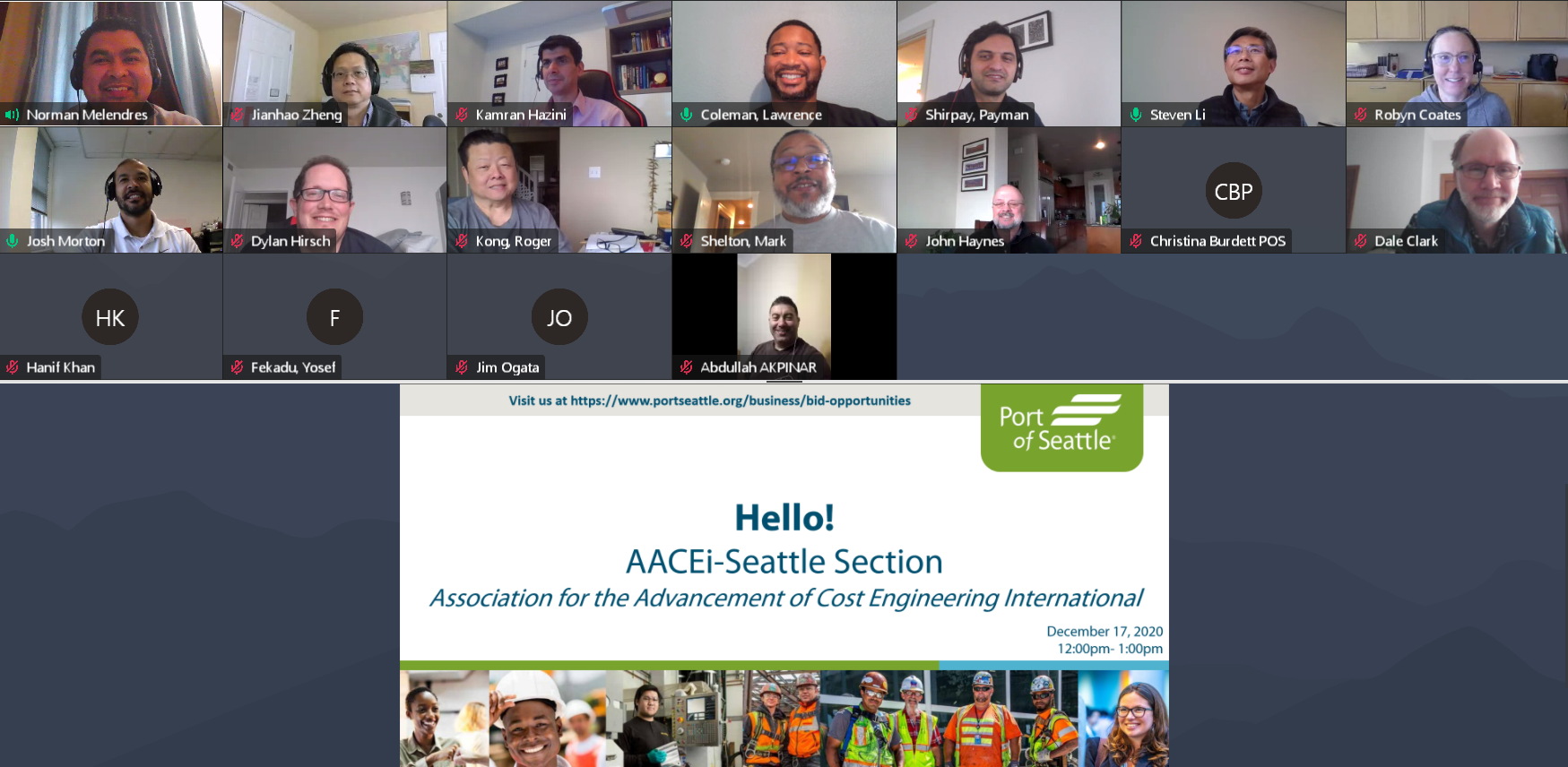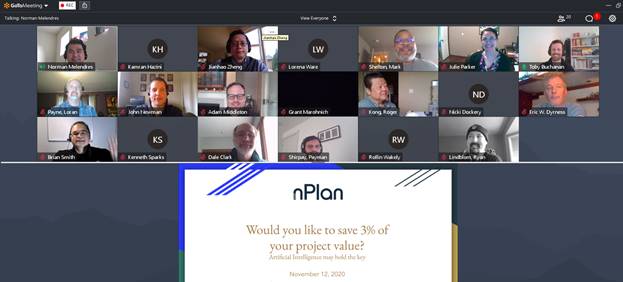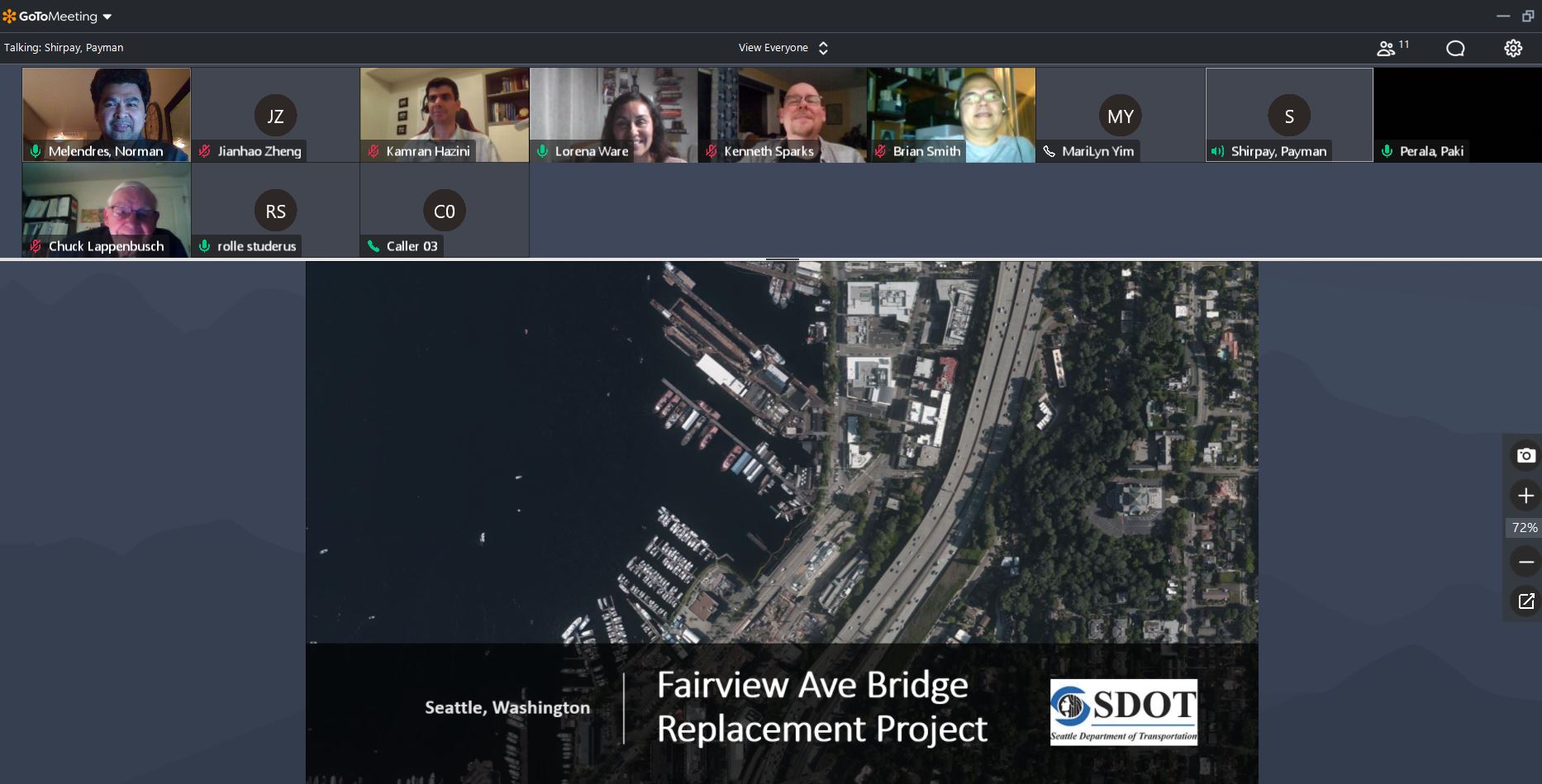SPEAKER: Larry Dysert, CCP CEP DRMP FAACE
Larry is the Managing Partner of Conquest Consulting Group (CCG). Larry has been actively involved in many of CCG’s consulting areas, including providing cold eyes estimate reviews, estimate preparation, cost engineering organizational development, project controls, risk management, training, and claims/dispute resolution support.
Larry has over forty years of project estimating, management, consulting, and training experience in a variety of industries. He is a Certified Cost Professional, Certified Estimating Professional, and Decision and Risk Management Professional. Larry is also an Award of Merit recipient, Honorary Lifetime Member, and Fellow of AACE International. Larry is a past Vice-President of the Technical Board for AACE International and a frequent presenter, author and trainer on estimating and cost engineering topics.
Synopsis:
A common issue often faced by estimators is how to prepare an estimate when there is little information or scope definition on which to base the estimate. This paper provides an overview of conceptual estimating methodologies, with particular application to preparing capital facility estimates for the process industries. However, the techniques can be used to support estimating for other sectors as well.
There are many order-of-magnitude or conceptual estimating methods, and each can be useful in a specific situation. Often, a single estimate may rely on using a combination of estimating techniques for different portions of the project. The conceptual estimating methods discussed in this presentation include:
Analogy Estimating
Capacity Factored Estimating
End-Product Units Estimating
Physical-Dimensions Estimating
LOCATION: (Virtual via Go To Meeting)
PROGRAM TIME:
Nov 18th, 2021 @ 12:00 PM (PDT)
Link to recording of meeting:
https://transcripts.gotomeeting.com/#/s/6b2ebd6426b6ee3e8a44e3f6b24ce081f6879494388e2f10a4516ca552277ee2
